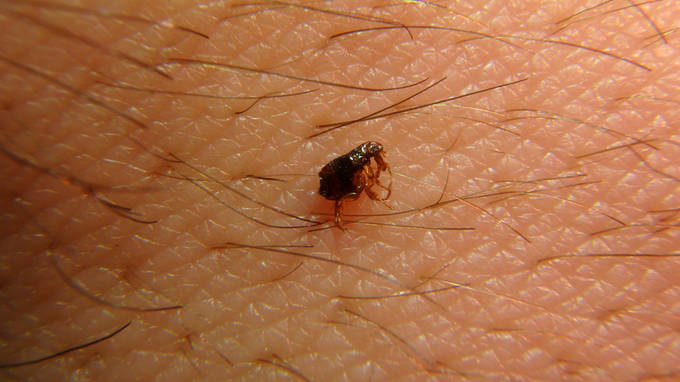

THIRUVANANTHAPURAM: It has been reported that scrub typhus is spreading in the state. Fever was confirmed for 115 people and one death was reported. Department of health has confirmed fever for 399 people and five deaths have been confirmed.
Scrub typhus, also known as bush typhus, is a disease caused by a bacteria called Orientia tsutsugamushi. Scrub typhus is spread to people through bites of infected chiggers (larval mites). The most common symptoms of scrub typhus include fever, headache, body aches, and sometimes rash. Most cases of scrub typhus occur in rural areas of Southeast Asia, Indonesia, China, Japan, India, and northern Australia. Anyone living in or traveling to areas where scrub typhus is found could get infected.
Symptoms of scrub typhus usually begin within 10 days of being bitten. Signs and symptoms may include:
Scrub typhus is transmitted by some species of trombiculid mites ("chiggers", particularly Leptotrombidium deliense), which are found in areas of heavy scrub vegetation. The bite of this mite leaves a characteristic black eschar that is useful to the doctor for making the diagnosis.
Scrub typhus is endemic to a part of the world known as the tsutsugamushi triangle (after O. tsutsugamushi). This extends from northern Japan and far-eastern Russia in the north, to the territories around the Solomon Sea into northern Australia in the south, and to Pakistan and Afghanistan in the west. It may also be endemic in parts of South America.
The precise incidence of the disease is unknown, as diagnostic facilities are not available in much of its large native range which spans vast regions of equatorial jungle to the subtropics. In rural Thailand and Laos, murine and scrub typhus account for around a quarter of all adults presenting to hospital with fever and negative blood cultures. The incidence in Japan has fallen over the past few decades, probably due to land development driving decreasing exposure, and many prefectures report fewer than 50 cases per year.
It affects females more than males in Korea, but not in Japan, and which may be because sex-differentiated cultural roles have women tending garden plots more often, thus being exposed to vegetation inhabited by chiggers. The incidence is increasing in the southern part of the Indian subcontinent and in northern areas around Darjeeling.